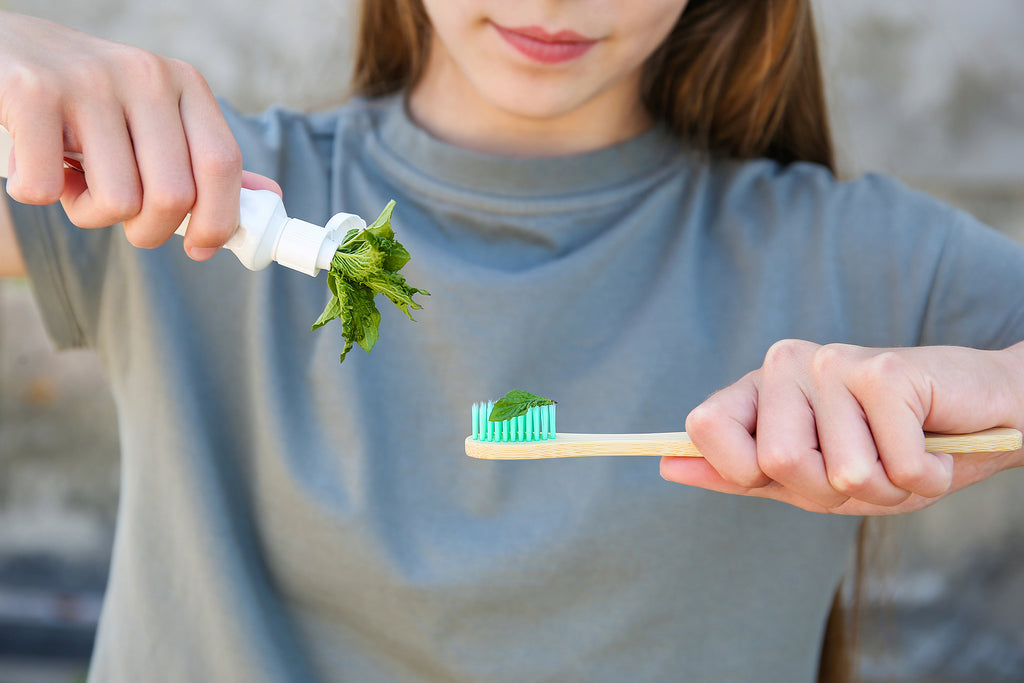
Why Is Toothpaste Almost Always Mint Flavoured?

There are certain dental care products that nearly everyone in the world has and uses every day, with by far the most important being a toothpaste and toothbrush.
Toothpaste is an essential part of our daily routine as they contain fluoride, which amongst other ingredients helps to protect your teeth from the acids and bacteria that can cause tooth decay and various oral health maladies.
One curiosity of toothpaste, however, is that outside of novelty presents and children’s formulations, almost all toothpastes taste of mint.
This is not because any of the other ingredients necessarily have a mint taste and there is no health benefit to the minty taste. However, it is an essential taste from a psychological perspective.
The most well-known active ingredient of mint is menthol, which is a strong flavour that tastes “cool” due to how it tricks the flavour receptors of your tongue and provides a pleasant slightly spicy aftertaste that we associate with freshness.
It works in a similar way to capsaicin, which is the active ingredient in chilli peppers that makes your tongue feel hot, and both chillies and mints alike affect the same pain and pleasure receptors in the brain.
Ironically, it is likely that mint plants produce this flavour to deter predators but instead have become beloved by people who crave the intense flavour.
A strong flavour is important when it comes to toothpaste, as the active ingredients would otherwise taste somewhat unpleasant, bitter and metallic, due to the inclusion of teta-sodium pyrophosphate and fluoride respectively.
It also gives people brushing their teeth an intense sensation that keeps them brushing for the whole two minutes. By the time you reach the end your entire mouth is filled with minty flavour and thanks to the ubiquity of breath mints there is an association with menthol and fresh breath.




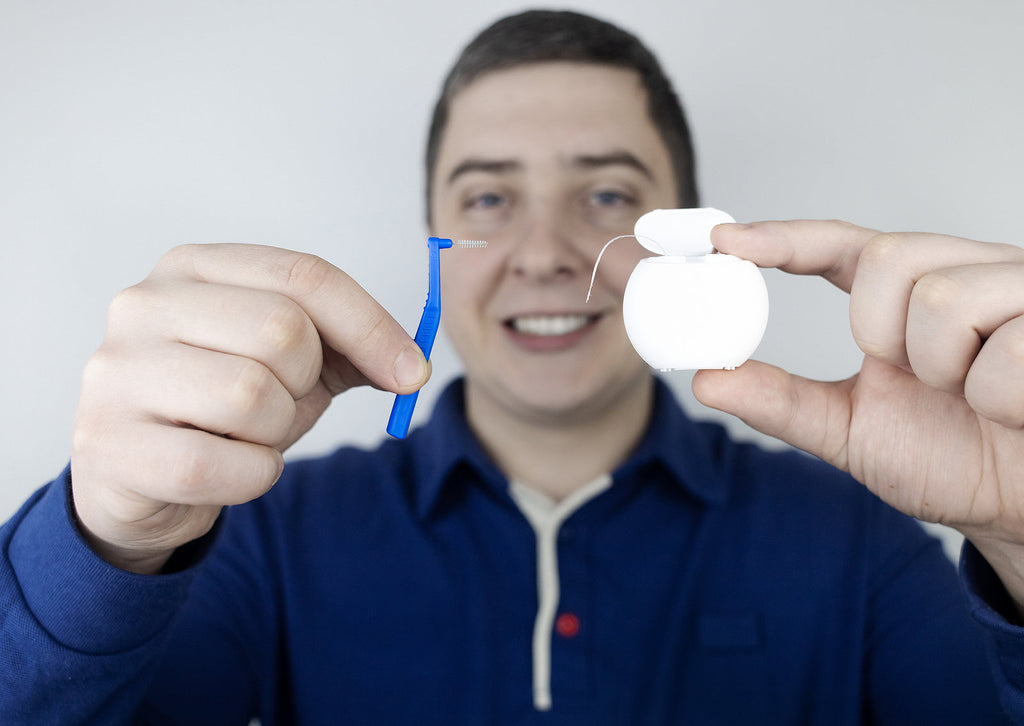

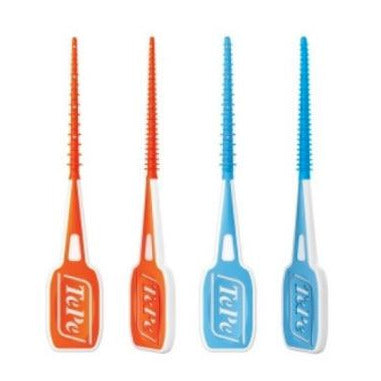
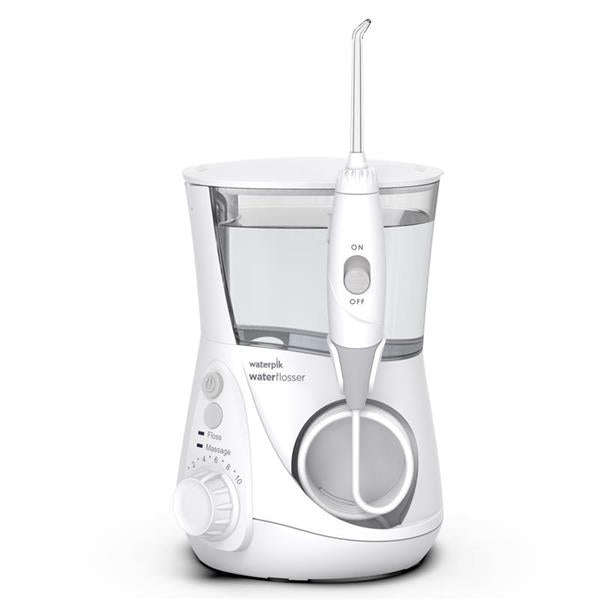
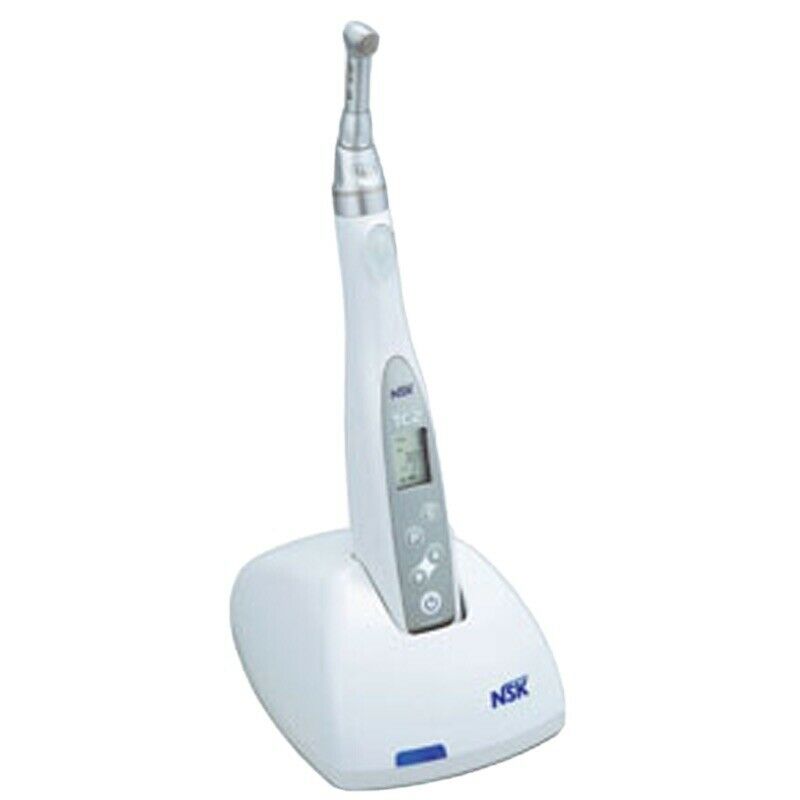

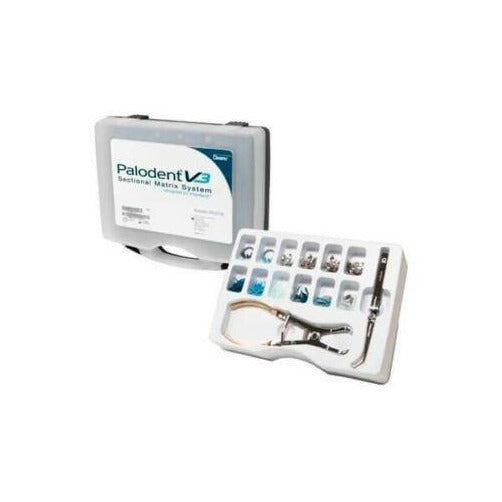
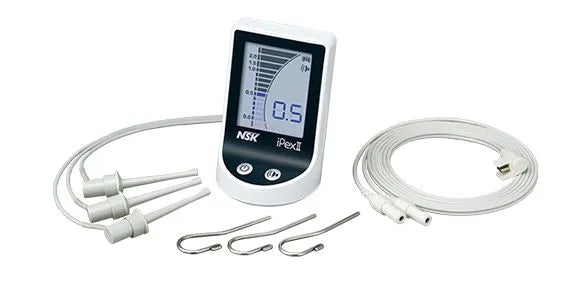
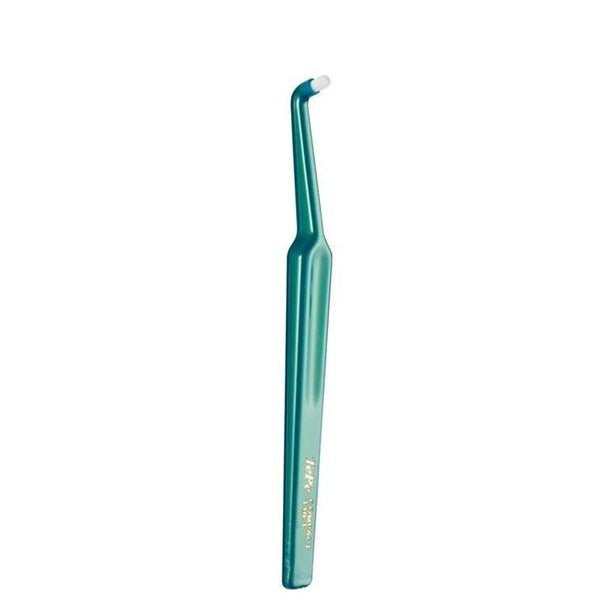
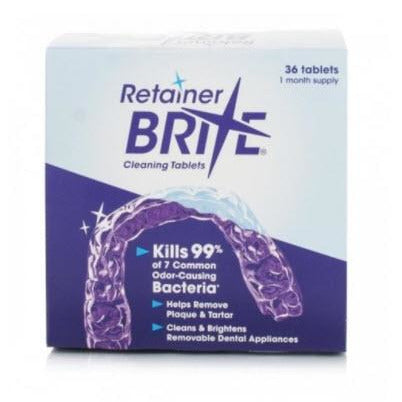

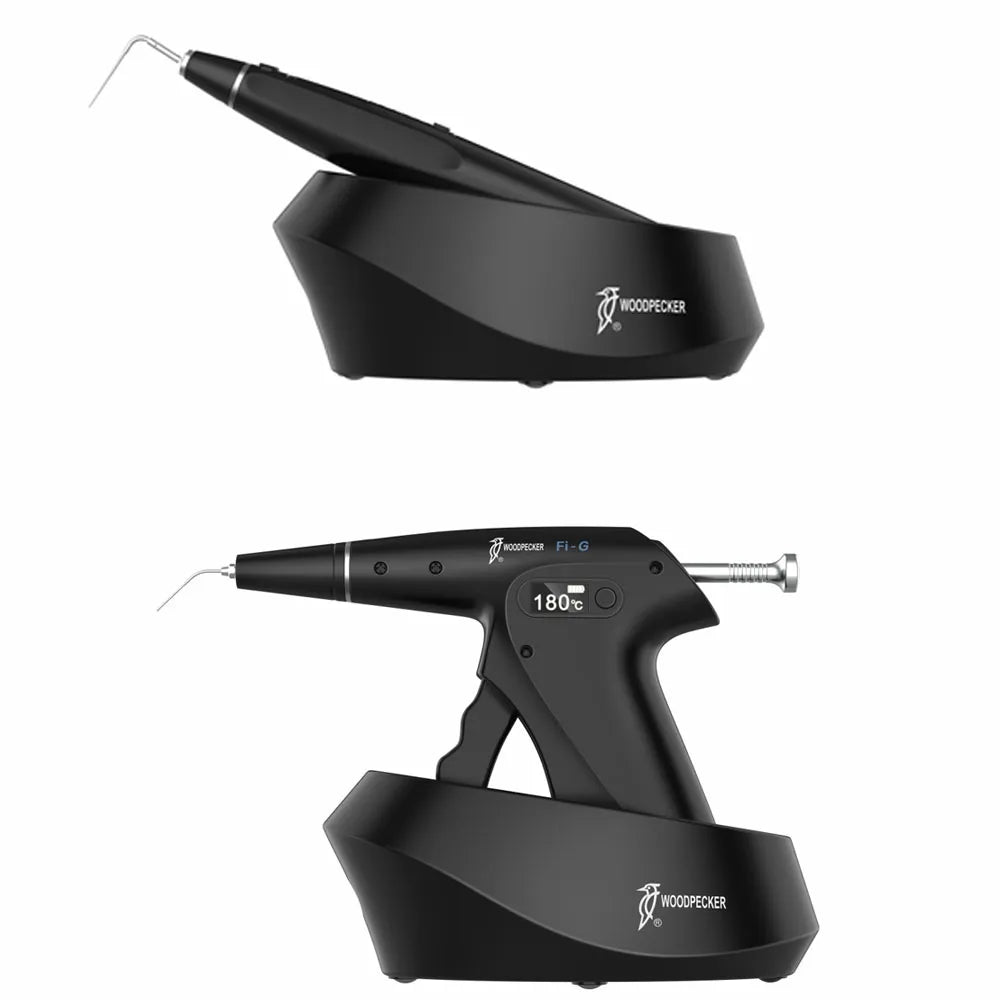
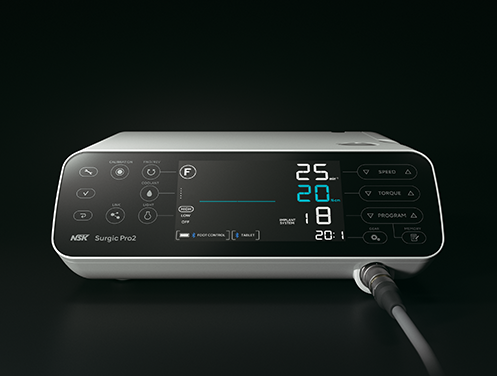
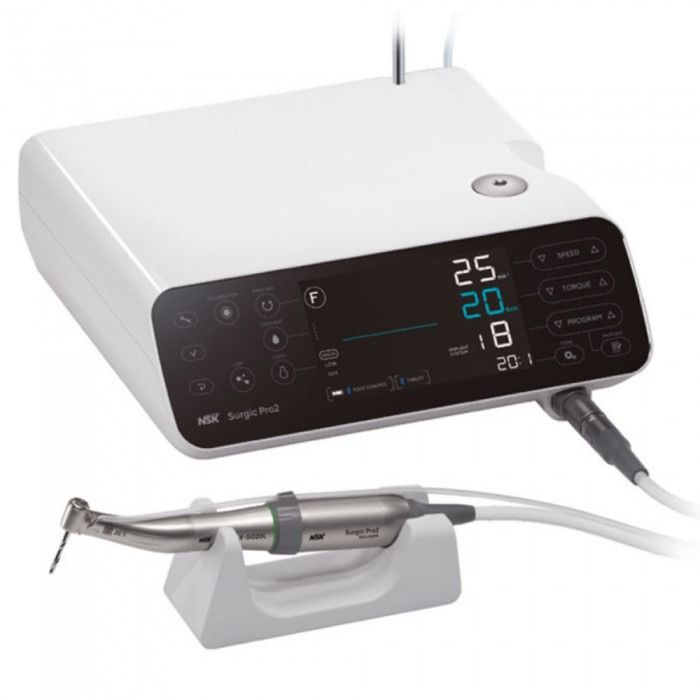






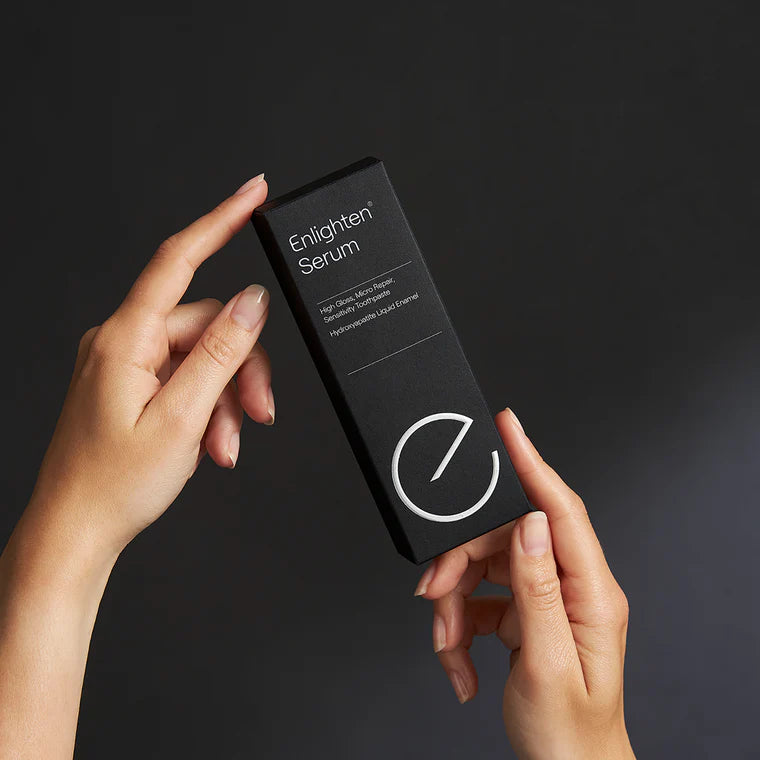
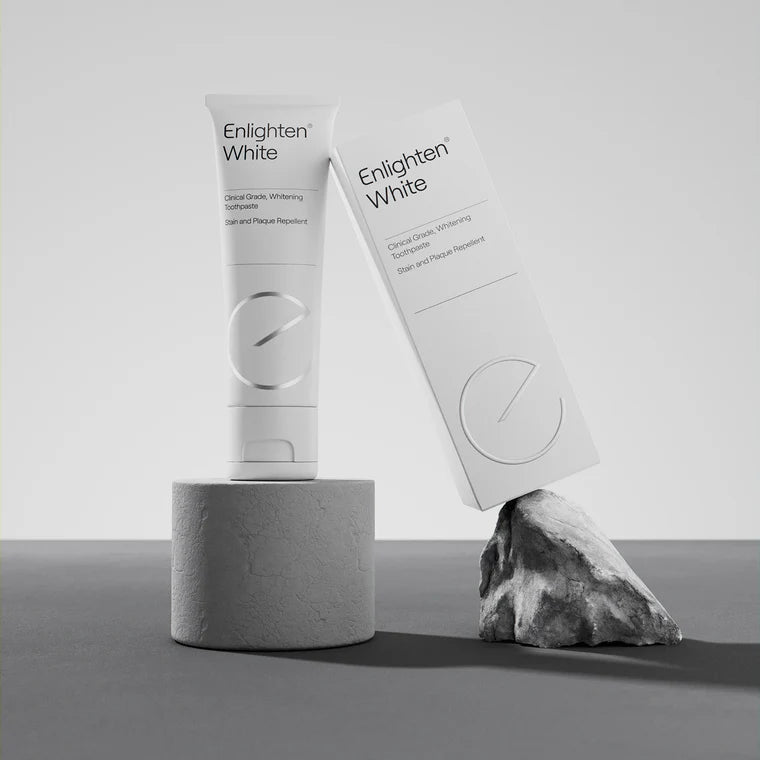
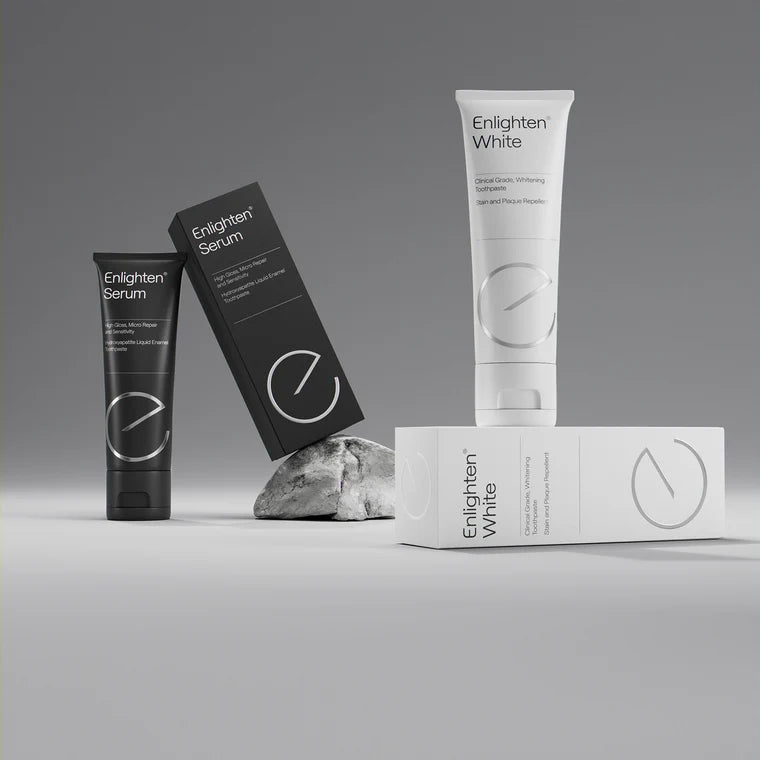
 Whatsapp us!
Whatsapp us!